Stan Voynick, Chief Technology Officer, at Sierra-Olympia Technologies is back to answer one of our most frequently asked questions about how our OGI technology works and what kind of gases it can detect.
Viewing the Gasses
We have set up some gas containers on the SOTI balcony. Some of these containers have 100% methane in them and some contain 50/50 mixtures of methane and propane. When we open the tanks slightly and point our VENTUS Optical Gas Imaging camera to the scene, we get a whole different view compared to a humans vision or normal viewing camera.
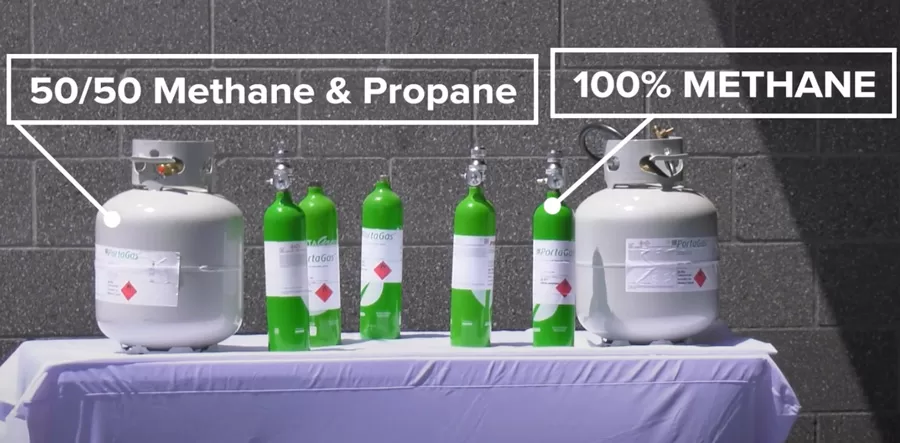
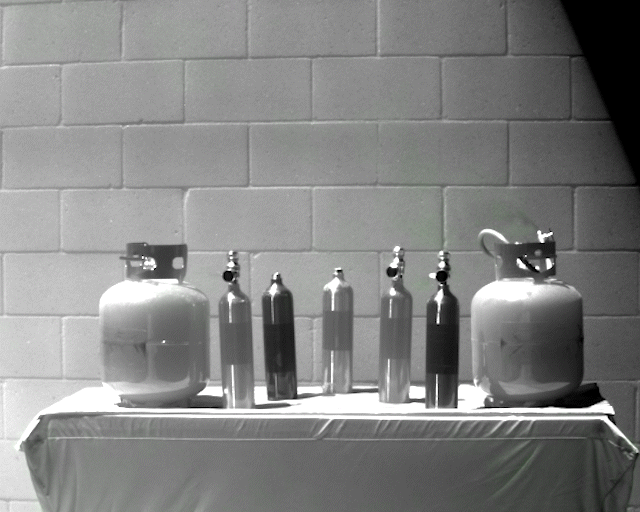
How it Works
The Ventus OGI camera has a very narrow band IR filter in it, which is tuned specifically to the absorption band of a number of short chain hydrocarbons. We’ll talk about what those are later in this post. When we use the OGI camera to view that image, what we see is something different than what you see in our visible spectrum. We can actually see the infrared energy being absorbed by the gases as it comes through the nozzle. Therefore, the plumes of gas show up either dark or light, depending on what the thermal situation is, you can see even very small plumes in the wind. We use tiny bottles for our demonstration. If we were in an industrial setting, we might have canisters 100x’s larger than our demos. If we’re in a refinery type setting, we might have tanks 1,000x’s larger than this generating hydrocarbons internally, and what we want to see in that case is this gas leaking out.
VENTUS OGI DETECTABLE GASSES
We see how we can detect the gas outside in the challenging condition, but we are often asked what gases can the Ventus OGI can detect? Our OGI camera works by having a very and narrowband optical filter in front of the detector. That filter is tuned to the range where the common short chain hydrocarbons have a strong absorption band. The common short chain hydrocarbons are all of the most familiar gases in the oil and gas industry. Also, variations of these that aren’t just the simple hydrocarbons but have different other groups coming off of them. It cannot see some other gasses, for example, ammonia carbon dioxide are common gasses of interest. These do not fall within the absorption band of our camera so they cannot be detected. The bonds in that molecule do not vibrate the same way as the hydrocarbons do.
| Ethane | Propane | Propylene | Methane |
| 1-Pentene | Butane | Ethyl Benzene | Heptane |
| Hexane | Isoprene | Octane |
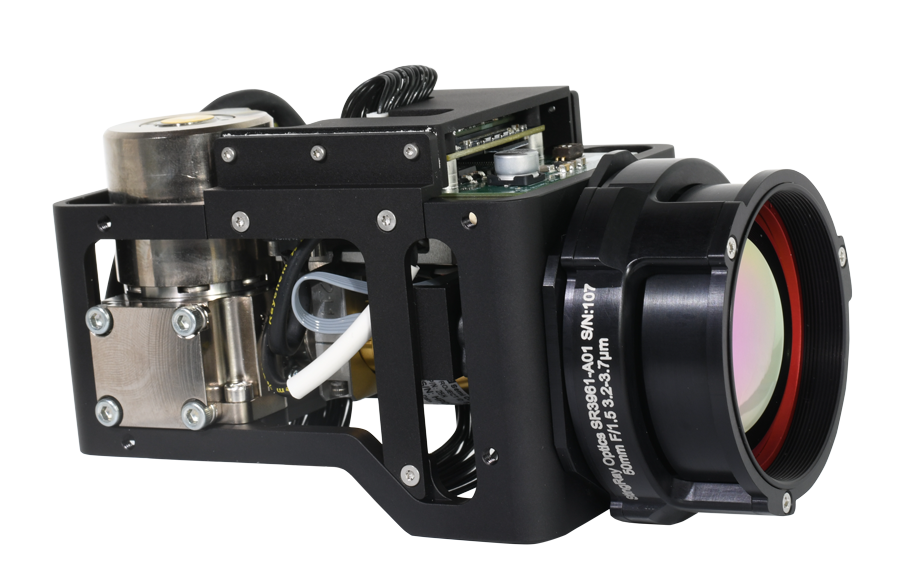
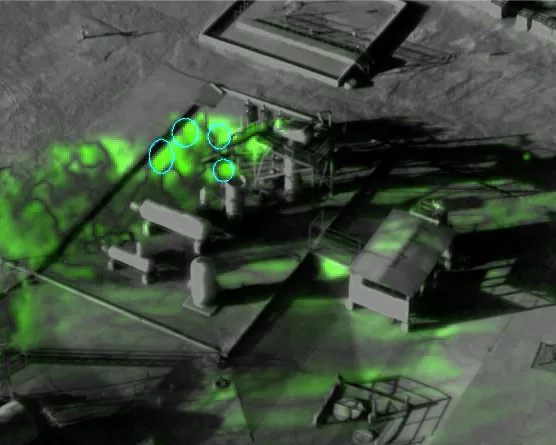
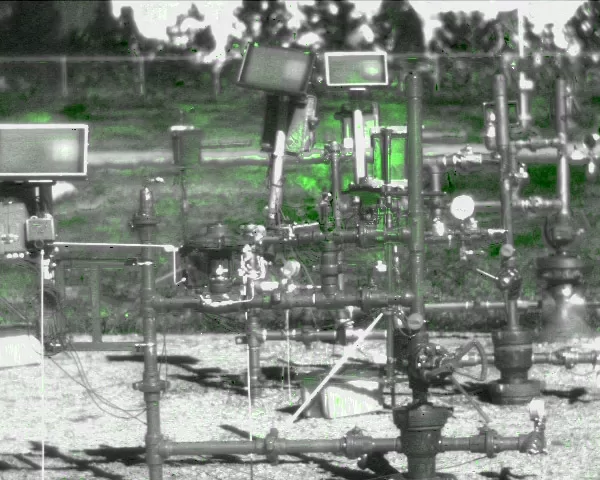
Where this Camera is Used
These gas canisters and the barbecue propane tanks that we’ve been looking at today are a small example of the kinds of things that are used out in industry. You might have canisters and containers that are hundreds or thousands of times larger than what we’re working with here. We experiment with these small ones so that we can tune up the performance of our camera and demonstrate how great a job it does at detecting small amounts of leakage. What we’re really trying to do in the long run is be able to go out in the field and see pipelines, refineries and other industrial processes where it’s important to detect the leakage of hydrocarbons, to protect our environment, to protect our lives, safety and so on. We hope this has answered your questions about how the OGI camera works and the gases that it can detect.

